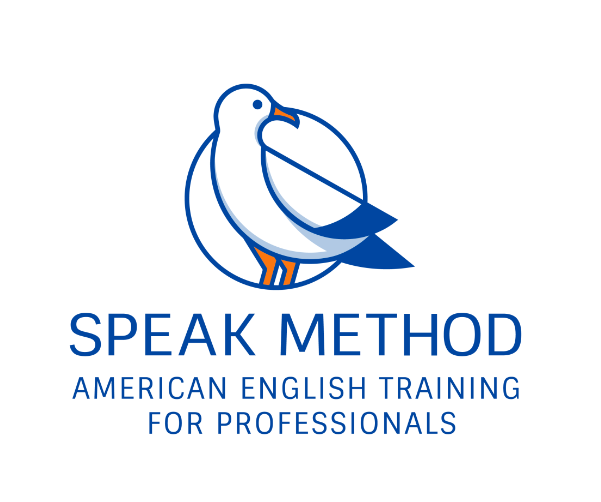E Sounds Explained

| There are two major E sounds: the Short E in met and the Long E in free. Short E Pronunciation: To make this sound, keep your mouth in a relaxed position, but drop the jaw a little bit and put your lips in a slight square shape. This sound is short and quick. Long E Pronunciation: For this sound, the tongue is flat and the corners of the lips are pulled to each side. You should be in a somewhat flat “smile” position. This is a long sound–speak it clearly and give it time if it is the stressed vowel in a word. Short E Spellings: Most words have the simple E spelling. There are a few common words that are exceptions. These words are says,said, been, again, many and any. These words have changed through common use. It is very rare for an A spelling to indicate an E sound. If E is the first letter in a word, it might be a Short E or a Long E, so you have to check the pronunciation if unsure. Long E Spellings: Long E will have complex spellings–there will be a silent vowel nearby, as in receive or here. When Y is the last letter, it usually sounds like a long E also, as in city or happy. In British English, this sound is reduced; in American English, there is a true Long E on the final Y. |

| The EA Spelling: This is a trick spelling! It has three sounds: Short E, Long E and Long A as in bread, meal and great respectively. If you see an EA spelling, and you are not sure of the word, you need to check the pronunciation. |
| 750 Business Words | E Sounds Main Page |
Processing…
Success! You're on the list.
Whoops! There was an error and we couldn't process your subscription. Please reload the page and try again.


Leave a comment